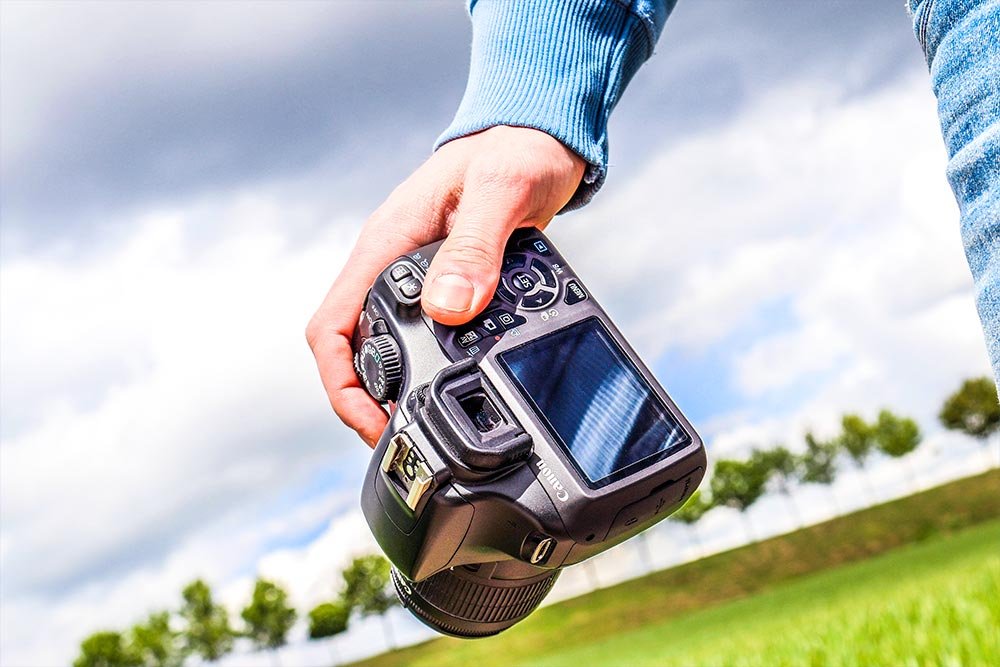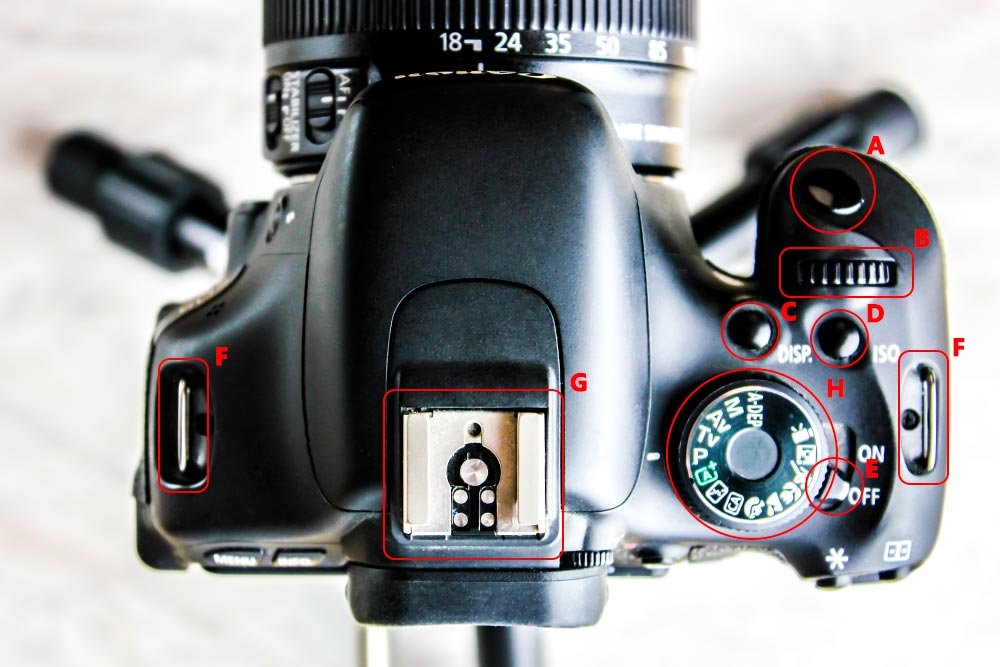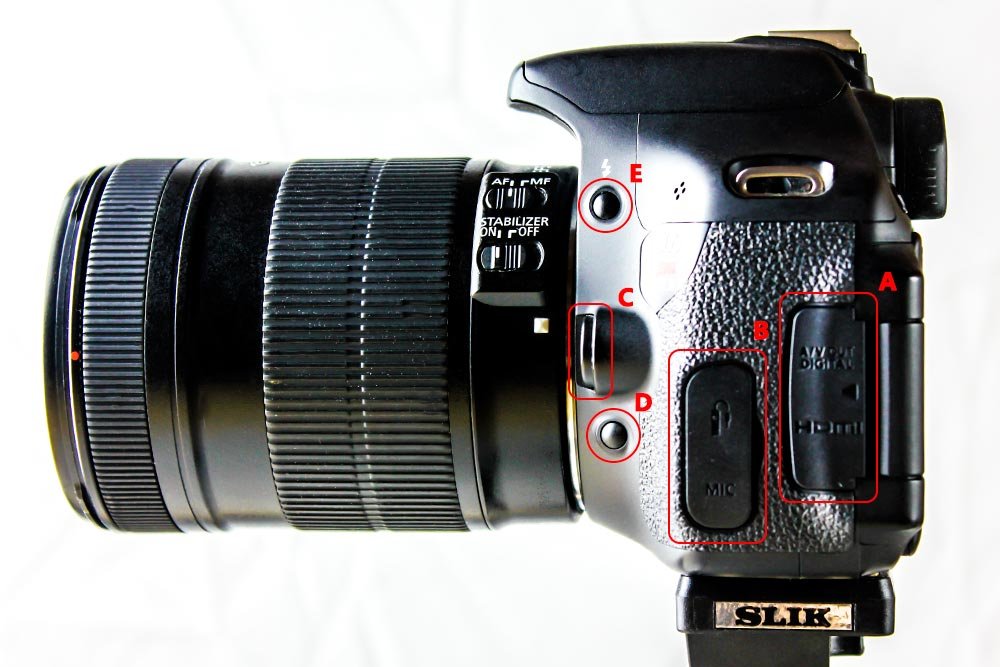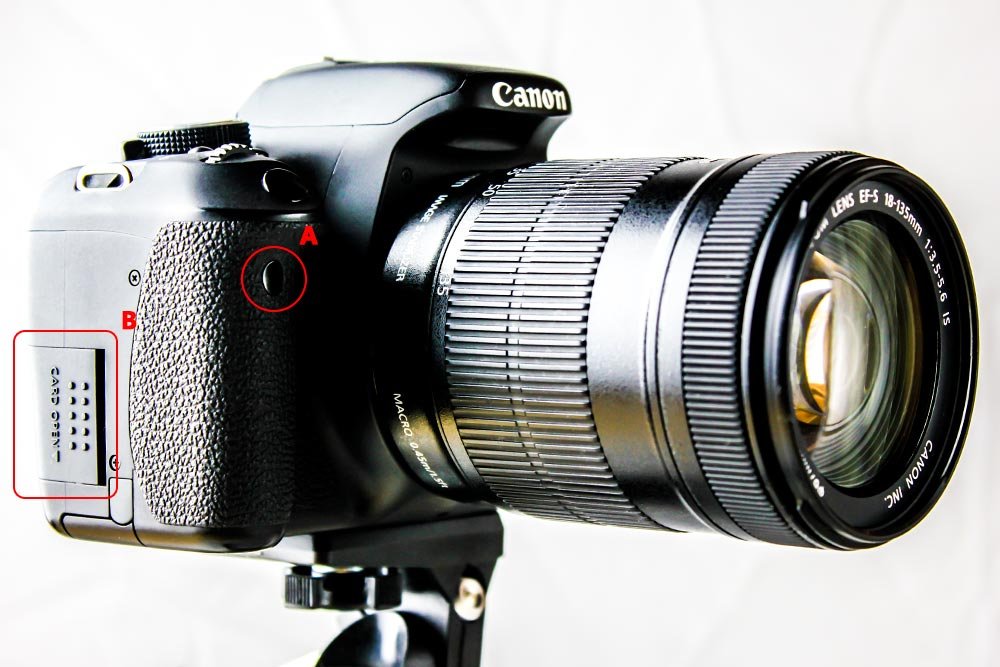KodyWallice
Member
- Joined
- May 7, 2021
- Messages
- 123
- Reaction Score
- 1
- Points
- 23
- #1

My goal for this website is for it to be a resource for what I like to call “Internet Professionals.” This title would include those who blog for a living. That, or those who enjoy taking photographs and posting them online. Or perhaps people who might want to learn how to use Adobe Photoshop, Bridge, Camera Raw, Lightroom or any other graphics application. Because, you know, if you want to be a blogger or photographer, you’re going to need to know how to edit photos. What I’m trying to say here is that I like to write about stuff I do and use everyday because the more I study, learn and write, the better I become at what I choose to engage in. It’s very cyclical, if you know what I mean. More importantly though, it helps my friends and those who choose to follow along with this very website.
I know so many people who work online. I mean, sooo many. When I sit back and think about these folks, the same set of skills comes to mind. They all need to know how to set up a WordPress blog on some sort of a hosting account. They all need to know how to write and post to social media. They all need to know how to cultivate an audience and take and edit photographs that their audience enjoys looking at and they all need to know how to, obviously, use a computer. On top of that, any knowledge of SEO, coding and how to trawl the web searching for answers to the questions they have is a huge deal. I know this. I mean, just check out the categories for this blog up above. As I said, I do this everyday. Here I am on the 4th of July at high noon, sitting behind my desktop on a bright sunny day, writing a post. It’s like I’m addicted or something.
I think I mentioned this in my last post, but if you missed it, I’ll tell you again. I’m going to be expanding the topics of discussion I write about here. I’d like to talk more about the specifics of certain things. I know I’ve already delved pretty well into a few of Adobe’s products and some other website coding areas (which I’ll continue to do – I have about a million, more advanced, ideas), but what I would like to explore is more of the technical side of photography and operating systems. And since I own a Canon T3i (and T6i and T7i) and Windows 10, I figured I’d start there. I must warn you though, I’ll be upgrading to the Canon T6i (already upgraded) in a few weeks, so if you have either camera, which you may have because they are extremely popular, you’re in for a real treat. I’ll be diving into the nooks and crannies of both. Please be aware though, if you have a T2i, T4i or a T5i, these same concepts will apply.
Regarding Windows, I’ll be doing the same thing. I’m going to take it apart, piece by piece, and put it back together. Since most people have only scratched the surface when it comes to learning this operating system, I think my posts will be very popular and well received. Needless to say, I’m pretty excited.
The Canon EOS 600D, Kiss X5 or Rebel T3i
No matter what you call it or where you’re from, the Canon T3i is a hugely popular camera. Even though it was discontinued a few years ago, it’s remarkable how many people still own and use it. And to be honest with you, there’s no reason why someone wouldn’t. If I were to purchase a brand new, or even used, T3i on Ebay today, I’d be thrilled with all its features and with how well it takes photos. The one issue I have with it, which we won’t talk about much, is the fact that it doesn’t offer auto-focus in video mode. That’s a very bad thing if you’re into video. Otherwise, I love this camera.By the way, you can still pick one up for under $300 on Ebay if you so desired.
Anyway, I’m going to use today’s post as sort of a walking tour along the outside of this camera. I know there are a lot of buttons and dials and for someone who is new to photography or DSLR cameras, these things can be intimidating. Even for those who have used this type of camera for some time, it may still be helpful to see what a few of these buttons do. I know that I tend to ignore things I don’t use and I’ve bought and sold cameras that I never realized the full potential of.
Buttons & Things
For the rest of this post, I’m going to simply identify various buttons and areas that are situated around the T3i. In later posts, I’ll go into much more detail and will cover exactly how the camera works. The fun stuff begins with menus and settings. For now though, a good first step is mere identification.The first area we’ll be looking at is the top of the camera.

A – Shutter button.
B – Main dial that’s used for a variety of things, primarily with navigating the camera’s menu and setting various parameters.
C – Display button. Controls whether the display is on or off in regular view mode.
D – ISO button. Controls the ISO settings for the camera.
E – On/off switch. Turns the camera on and off.
F – Camera neck strap mounts. The strap connects to these.
G – Hot shoe. Mounting point to attach an external flash unit and other compatible accessories.
H – Mode dial. Controls which shooting mode the camera is set to.
Next, we’ll take a look at the rear of the camera. This is the area you’ll be spending the majority of your time, so I’ll be covering this area ad nauseam in many later posts.

A – Exposure lock button. This locks the camera’s exposure settings, so if the camera is moved from one lighting condition to another, the auto exposure system won’t change aperture or shutter speed values.
B – Focus point selection. Allows you to choose your own focus point.
C – Live view button – Changes the method of viewing from the viewfinder to the live view mode.
D – Menu button. Enables the camera’s menu mode, which is used to change various settings and accomplish various tasks.
E – Info button. Displays the camera’s current shooting settings as well as information regarding playback characteristics.
F – Primary instruments. Controls a good majority of shooting and playback settings.
G – Live view LCD screen. Displays a live view of the shooting area. Also displays the camera’s settings and information. This screen moves outward to fold and swivel.
Moving on, we’ll take a look at the left side of the camera. Luckily, there isn’t as much over here as the two previous sides.

A – A/V Digital Out & HDMI ports. These ports allow you to connect the camera to a monitor or a computer.
B – Remote control shutter & microphone ports. For less camera shake, use a remote shutter button and plug it in here. Also, this is where you connect a microphone to the camera.
C – Lens release button. To remove the lens, hold this button in a twist the lens.
D – Depth of field preview button. Allows you to preview the depth of field when viewing the shooting scene through the small viewfinder.
E – Flash release button. To pop the build in flash up manually, push this button.
Finally, we turn to the last area of the camera – the right side. This side holds the fewest items.

A – Infrared receiver. This sensor is used for wireless remote controls and other accessories that use infrared.
B – Media card slot and cover. This is where the camera’s media card is stored.
Now, there are two things I left out here that couldn’t be viewed in the photos. The first can be found in between the shutter button and the lens. It’s an auto-focus assist light, which helps focus the camera as well as reduce red eye. The second is the battery storage area. The door for the battery compartment can be found at the bottom of the camera on the right side.
I hope this post introduced you to one of Canon’s most popular cameras. In the next few posts of this type, I’ll be exploring the inner workings of how everything functions.
